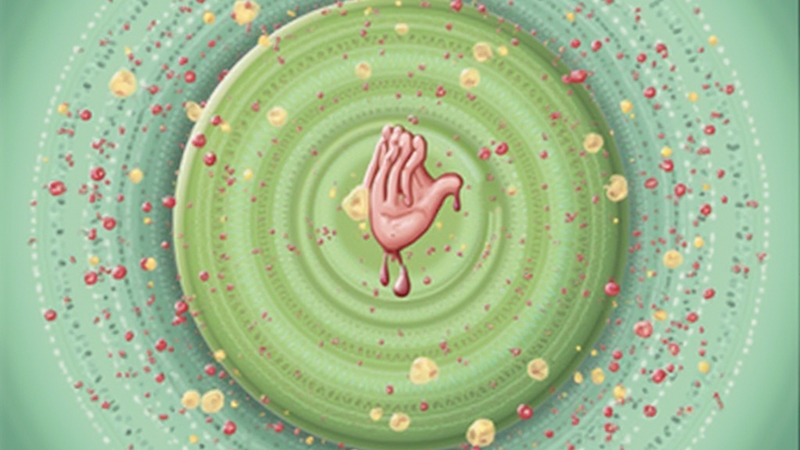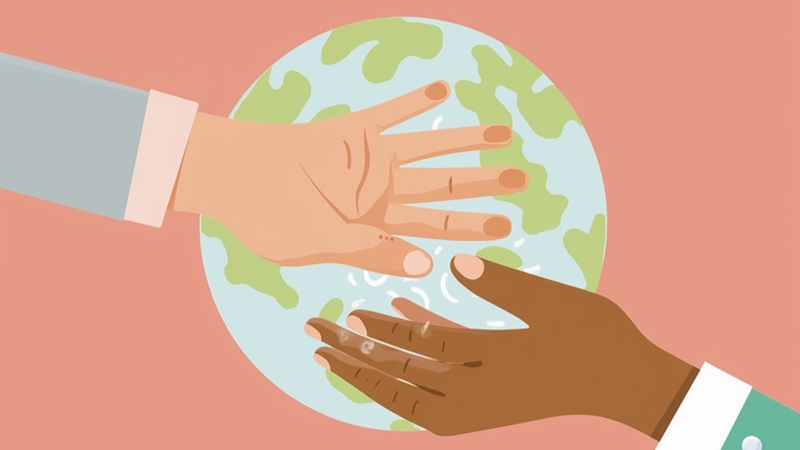Uncategorized
The Impact of Hand Hygiene on Global Health
Introduction
Hand hygiene might seem like a small and simple action, but it plays a huge role in improving global health. Around the world, billions of people touch food, water, people, and surfaces every day. Our hands come into contact with many germs, and without proper cleaning, those germs can easily spread and cause illness. Practicing good hand hygiene helps reduce the spread of infections and protects both individuals and entire communities.
In this blog post, we will explore how hand hygiene affects global health, why it is so important, and what steps can be taken to improve hygiene practices around the world.
Why Hand Hygiene Matters
Germs are tiny living organisms that can cause diseases. They can be found on many surfaces, and when we touch them and then touch our eyes, nose, or mouth, we allow those germs to enter our bodies. This is how many illnesses spread, including:
- Diarrheal diseases
- Respiratory infections (like colds and the flu)
- Skin infections
- Eye infections
- Even more serious diseases like COVID-19, cholera, or Ebola in certain regions
According to the World Health Organization (WHO), proper handwashing can reduce diarrheal disease by up to 40% and respiratory infections by around 20%. These numbers show that hand hygiene is not just a personal habit—it is a powerful tool for global health protection.
The Role of Hand Hygiene in Global Health
Global health is about improving the health and well-being of people across the world, especially in developing countries. One of the most basic and cost-effective ways to support global health is by promoting proper hand hygiene. Here’s how it helps:
Reduces the Spread of Disease
In areas where people do not have easy access to clean water and soap, disease spreads quickly. In hospitals and schools, especially in low-income countries, hand hygiene is often poor. This leads to higher rates of infections.
By encouraging regular handwashing, especially before eating and after using the bathroom, we can significantly reduce the number of infections worldwide. Fewer infections mean fewer people need to go to hospitals, and healthcare systems become less overwhelmed. 
Protects Vulnerable Populations
Children under five, elderly people, and those with weakened immune systems are most at risk of getting sick from germs. For example, more than 1,400 children under the age of five die every day from diarrheal diseases caused by poor sanitation and unsafe water.
Teaching families and caregivers the importance of hand hygiene can save thousands of lives. It is one of the easiest ways to protect the most vulnerable members of our global population.
Supports Health Systems and Economies
When people are sick, they miss school, work, and other important responsibilities. This leads to loss of income, higher medical bills, and pressure on public health systems. In poorer countries, this can have a huge impact on the economy.
By reducing the number of infections through hand hygiene, countries can improve school attendance, increase worker productivity, and reduce healthcare costs. This boosts both individual lives and national economies—key elements of strong global health.
Challenges to Good Hand Hygiene Around the World
Despite its importance, hand hygiene is not practiced equally everywhere. There are several major barriers to good hygiene across the globe:
Lack of Access to Clean Water and Soap
Around 2.3 billion people globally do not have access to basic handwashing facilities at home. In some areas, water is too scarce or expensive, and soap is not always available. This makes it hard for people to wash their hands regularly.
Poor Infrastructure in Public Places
In many schools, hospitals, and public toilets, handwashing stations are missing or broken. This puts children, patients, and the general public at risk of spreading or catching diseases.
Lack of Awareness and Education
In some communities, people may not understand the importance of washing hands or the correct way to do it. Without education and awareness, even people who have access to soap and water may not follow good hygiene habits.

How the World Can Improve Hand Hygiene
To improve global health, international organizations, governments, and communities must work together to promote better hygiene. Here are some key solutions:
Invest in Hygiene Infrastructure
More investment is needed to build handwashing stations in schools, health centers, and public spaces. These stations should have clean running water, soap, and be easy to use for people of all ages.
Provide Clean Water and Soap
Efforts to improve access to clean water and affordable soap are essential. This can involve installing water pumps, supporting local soap production, and making sure that hygiene supplies reach remote or poor areas.
Promote Hygiene Education
Schools and community centers should teach children and adults about the importance of hand hygiene. Simple lessons on when and how to wash hands can lead to life-long healthy habits.
Encourage Global Campaigns
Global campaigns like Global Handwashing Day (October 15) help raise awareness and promote good practices. These campaigns are great tools for spreading the message about the importance of hand hygiene in supporting global health.
The Simple Act That Saves Lives
Hand hygiene may seem basic, but its power is enormous. It saves lives, protects communities, and supports health systems. Especially in times of pandemics, like COVID-19, the value of clean hands becomes even clearer. However, for hand hygiene to improve global health, it must be accessible to everyone, everywhere.
When you wash your hands properly, you are not just protecting yourself—you are helping build a healthier world.
Final Thoughts
Clean hands make a healthier world. By focusing on hand hygiene, we can make a major difference in the fight against disease, especially in areas that need it the most. Governments, organizations, and individuals all have a role to play.
Let’s not forget: something as simple as washing your hands is a powerful tool for protecting global health.
You can easily find more of our blogs on Sanixway blog section!

